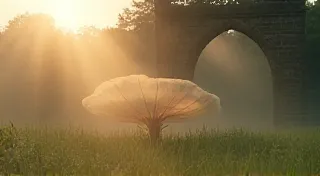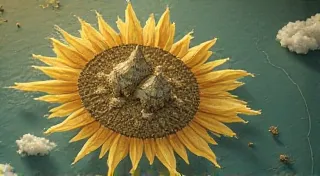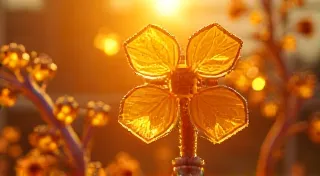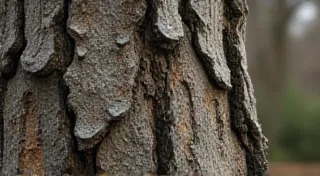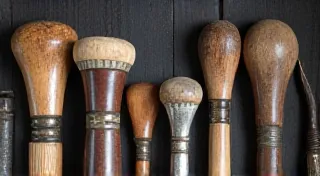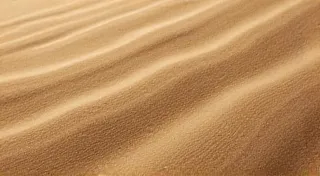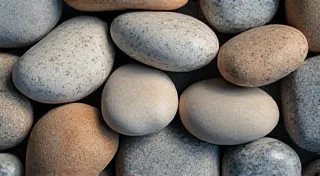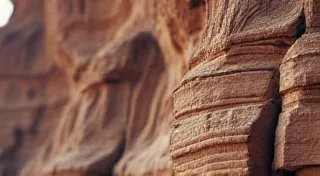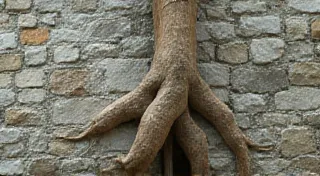The Pen & Ink Botanical Illustration Guide
Unlock the beauty of the natural world through the timeless art of pen and ink. This guide is dedicated to teaching you the nuances of pen and ink illustration, specifically focused on the exquisite world of botanical illustration techniques. Whether you're a seasoned artist seeking refinement or a beginner eager to learn, prepare to delve into a detailed exploration of rendering textures, drawing leaves and flowers, and mastering the delicate dance of light and shadow.
Embark on a Journey into Botanical Art
For centuries, botanical illustration has served as a vital intersection of art and science. More than just representation, it's a process of profound observation, a quiet conversation with the plants that sustain us. This website is your companion on that journey, offering a comprehensive guide to creating stunning pen and ink illustrations that capture both the meticulous detail and the inherent beauty of the botanical world.
Before you can truly capture the essence of a plant, you need to understand its underlying structure. Consider the elegant curves of a stem; "The Labyrinth of Stems: A Study in Line and Form" explores this specific element, offering practical advice on drawing stems of varying thicknesses and complexities. Similarly, understanding the subtle intricacies of leaves – their venation, their curvature, their arrangement – is crucial. "The Silent Grammar of Leaves: Compositional Harmony in Botanical Art" teaches how to utilize leaf structure for compositional balance and visual storytelling.
The beauty of drawing scientific illustrations isn’t about cold, clinical detachment. It’s about precision combined with artistry. “From Specimen to Soul: Infusing Scientific Accuracy with Artistic Expression" helps to harmonize these two aspects, showing how to create illustrations that are both scientifically sound and aesthetically pleasing. It encourages the artist to move beyond mere transcription and inject their unique perspective.
Understanding the geometry of growth is a critical aspect of botanical art. "The Geometry of Growth: Finding Order in Botanical Form" reveals how mathematical principles underlie the natural world, offering insight into the structure and arrangement of plant parts.
Building Your Botanical Visual Vocabulary
The foundation of any successful botanical illustration lies in careful observation and a developing visual vocabulary. "Rooted in Observation: Building a Botanical Visual Vocabulary" will guide you through the initial steps of dissecting plant forms, understanding their plant anatomy drawing, and translating what you see onto paper.
Before you can truly capture the essence of a plant, you need to understand its underlying structure. Consider the elegant curves of a stem; "The Labyrinth of Stems: A Study in Line and Form" explores this specific element, offering practical advice on drawing stems of varying thicknesses and complexities. Similarly, understanding the subtle intricacies of leaves – their venation, their curvature, their arrangement – is crucial. "The Silent Grammar of Leaves: Compositional Harmony in Botanical Art" teaches how to utilize leaf structure for compositional balance and visual storytelling.
Mastering Essential Techniques
Once you're comfortable with the fundamentals, it's time to explore advanced techniques. Mastering rendering plant textures is essential for creating realistic and compelling illustrations. This often involves techniques such as stippling, cross-hatching, and scumbling, which contribute significantly to the shading in pen and ink.
Creating depth in your illustrations isn't just about perspective; it’s about atmosphere. "The Bloom's Echo: Creating Depth through Atmospheric Perspective" unveils the secrets of conveying distance and creating a sense of realism through careful manipulation of line weight, contrast, and detail.
The skillful use of light and shadow is what breathes life into any illustration. "Dancing with Light: Highlighting Botanical Surfaces with Ink" teaches practical techniques for capturing the interplay of light and shadow, emphasizing how subtle gradations of tone can define form and create a sense of volume. Effective shading in pen and ink is key to this process.
“The Alchemy of Shadows: Mastering Shading with Pen and Ink" provides a detailed exploration of the nuances of shading, teaching you how to use shadows to define form, create depth, and convey mood.
Don't forget the thorns – often overlooked, but rich with character. "The Language of Thorns: Conveying Texture and Character" demonstrates how to use these details to infuse your illustrations with personality and narrative.
Sometimes, embracing imperfection can enhance your work. "The Palette of Grit: Embracing Imperfection in Ink" encourages you to let go of the pursuit of flawless execution and embrace the unique qualities that come from using traditional illustration methods.
Consider the veins, those intricate pathways that nourish the plant. "The Whispers of Veins: Unveiling Structure Through Pen & Ink" focuses on accurately depicting these crucial details, highlighting their role in conveying a sense of life and vitality.
“The Silent Bloom: Capturing Ephemeral Beauty in Ink" provides inspiration and techniques for conveying the fleeting moments of a flower's life cycle.
For those wanting to truly elevate the detail and intricacy of their artwork, "Petal Etudes: A Journey into Floral Detail" provides an in-depth look at drawing botanical details with exceptional precision and artistic nuance.
“Chromatic Ghosts: Marrying Ink and Watercolor’s Ethereal Dance" offers a guide to blending watercolor and ink combination, creating a layered and expressive aesthetic. Experimenting with the watercolor and ink combination allows for unique color and texture effects.
“Floral Cartography: Mapping the Inner Landscape of a Bloom" helps you visualize and represent the complex structures within a flower.
“Ink as Breath: Expressive Lines and Botanical Soul" explores how to infuse your drawings with emotion and personality.
“Whispers of the Soil: Capturing Roots and Their Stories" provides guidance on depicting roots and their surrounding environment.
Mastering the watercolor and ink combination involves understanding how the transparency of watercolor interacts with the precision of ink.
Sculpting Form and Space
Beyond simply outlining shapes, true botanical art involves understanding how to sculpt form with negative space. "Beyond the Outline: Sculpting Form with Negative Space" explains how utilizing this technique can dramatically improve the overall impression of your work.




